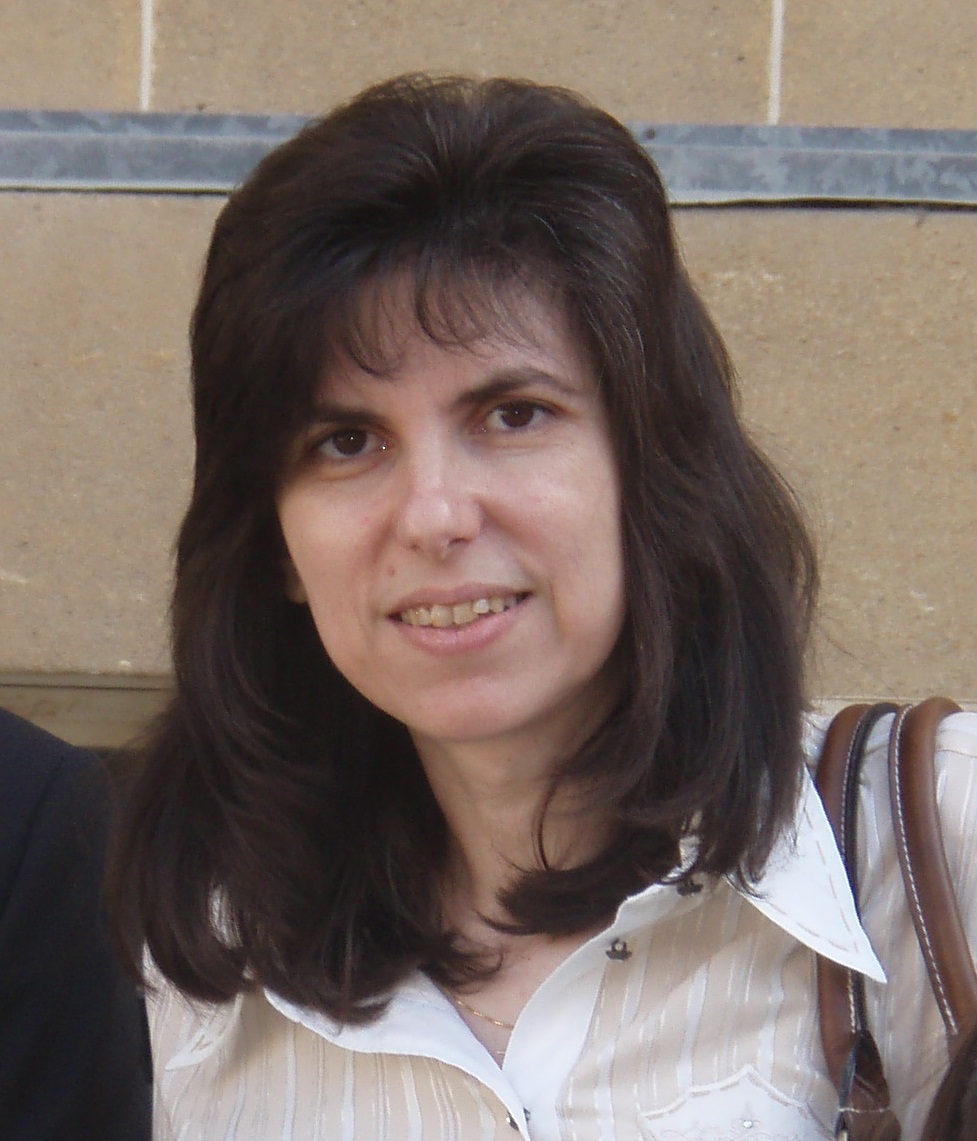Environmental Conservation of Vernacular Architecture. The case of Cyprus
The sustainable identity of vernacular dwellings is closely connected with the satisfaction of the daily needs of the inhabitants, the use of traditional local materials, the incorporation of many environmental features into the design as well as to their potential to be continually reused and adapted to changing local conditions.
Within this context, this presentation focuses on new perspectives towards environmentally sustainable conservation of vernacular dwellings, considering the vernacular architecture of cyprus as an appropriate case study. The research findings presented herein derive mainly from two extended multidisciplinary research programmes (biovernacular and biocultural), that examine the passive design features of traditional settlements in cyprus. Specifically, various environmental aspects are discussed, starting from the urban scale of the settlements and moving to the building scale, focusing on different elements (such as semi-open spaces, courtyards and subterranean structures) and strategies (natural ventilation and lighting), and ending with the investigation of the thermal behaviour of traditional building materials.
The research reveals the necessity for a qualitative assessment of vernacular architecture through a multicriteria process, in order to establish a contemporary environmentally sustainable conservation methodology. The connection of heritage values with aspects of environmental technology, gives this field of investigation a multidisciplinary character, offering opportunities for further research and innovation.
